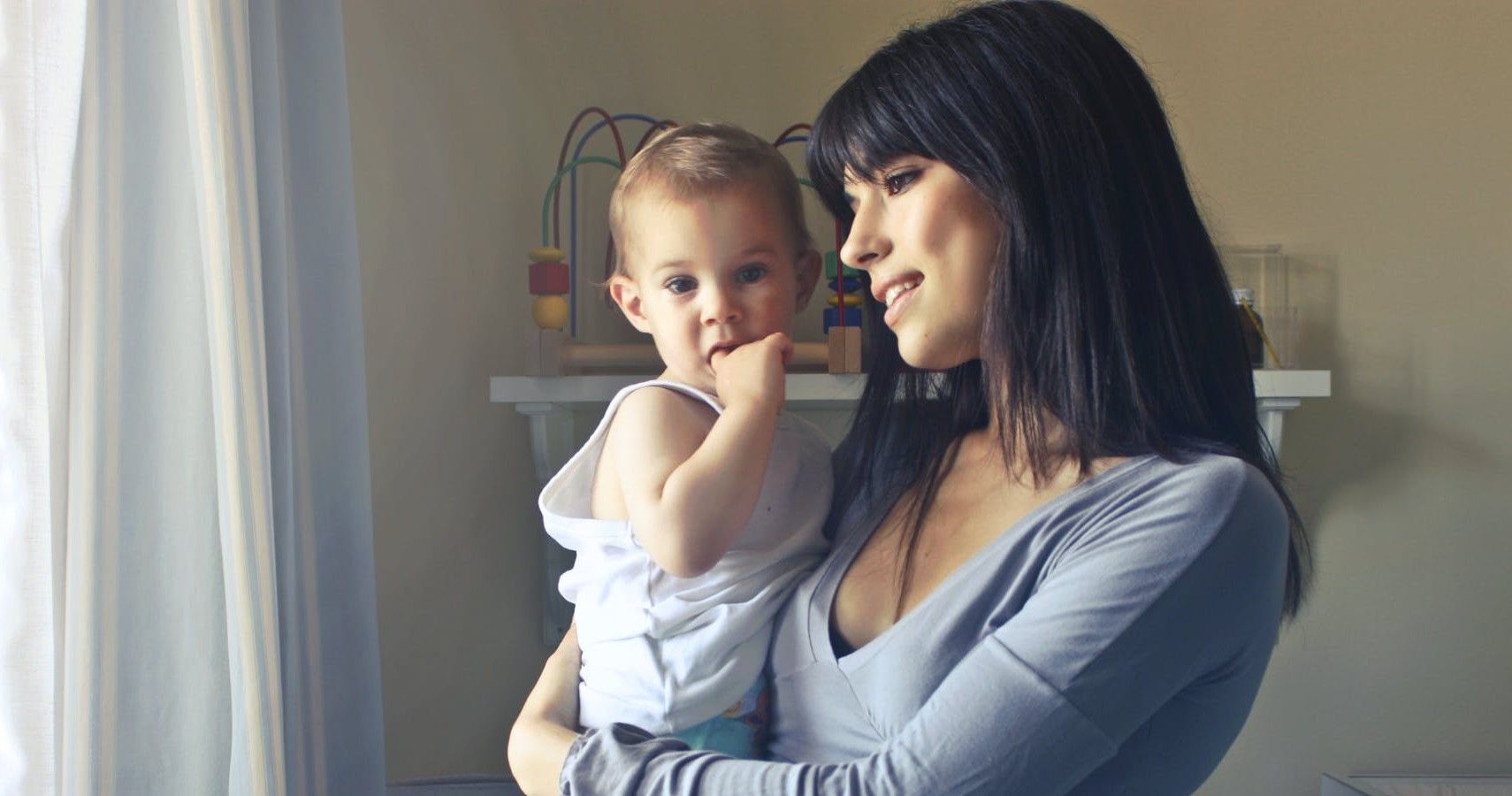A new study has found that a child’s attachment security when they were young was able to predict their nature during the pandemic, and how they reacted to keeping other people safe. COVID-19 has had more impacts than most people even realize. It is a threat to public health, it impacted work, school, and financial wellbeing for a lot of families out there. However, there is an entire psychological impact zone that is only just starting to be discovered and looked at. Part of this is predicting how people would react to the pandemic, and what factors led them to act a certain way.
According to PsyPost, a study was done that was able to show that adolescents’ attachment security was able to predict their willingness to participate in health-protective behaviors during the pandemic. This study was published in the journal, Child Development, and it can be read in full here.
The study found that a child’s attachment security when they were 12 years old was able to predict their engagements in “health-protective behaviors” throughout the pandemic. It has been known now that it can be challenging to get young people to comply with the public health guidelines of the pandemic.
They continued to see their friends, go to large events and parties, and were less likely to wear a mask. This falls in line with what experts already know about youth behavior, and how they engage in a lot of “risk-taking” behaviors. However, researchers were able to find that secure attachment as a child may have led these children to follow the public health guidelines more closely than those who did not have secure attachments when they were younger. Children who had secure attachments were better able to cope psychologically with the pandemic, and it made them more likely to engage in protective behaviors during the pandemic.
To complete the study, the researchers looked at data from previous studies on children and their parents. They looked at self-reports when children were 12 that looked at their attachment security and their prosocial behaviors, like helping others. When they were 14, they completed an assessment of their mental health status, and then at age 15 (during the beginning of the pandemic), they again reported on their mental health and health protective behavior. They found that those who reported high levels of secure attachment at 12 years old, were the same group that was following the public health guidelines.

